At this point it’s tough to say if you have a real problem with your basil or not. It’s normal for plants to shed lower, older leaves at they grow newer ones on the top. That’s kind of like how humans drop their older hair as new ones (hopefully) grow. If it’s only the older leaves on a plant that are yellowing that isn’t usually cause for concern.
Similarly, a few spots on leaves is normal as well. Usually these are from leaf-spot fungus – assorted fungi that create dark spots. In general the best approach is to try not to get the leaves wet when you water when possible. Don’t water at night or in the evening, don’t splash the foliage when you water if you can help it, and water deeply less often so that the leaves don’t get splashed frequently. (Note: hand watering and automatic sprinkler systems are the biggest cause of leaf-spot fungi. Water with a soaker hose or sprinkler for a long time once every five to seven days.) Leaf spot ends up looking like insect damage because the fungal browned spots drop out and make holes.
Another issue is that the summer temperatures have been remarkably cool in the Northeast – which causes more leaf diseases for basil, tomatoes and other heat-loving plants.
Finally, the real pest for basil right now is downy mildew, which many of the basil seeds were infected with even before germination. This causes leaves to first yellow and then turn brown. The underside of the leaves looks dusty and grey, mildew-coated. If your plants turn first a sick yellow, then brown, that’s the problem.
What’s a gardener to do? Water deeply less often, trying to water early in the day so that the plants don’t stay damp overnight. Spray with an organic fungicide such as Actinovate if you think that fungal issues are continuing. Fertilize with the product of your choice used according to directions.
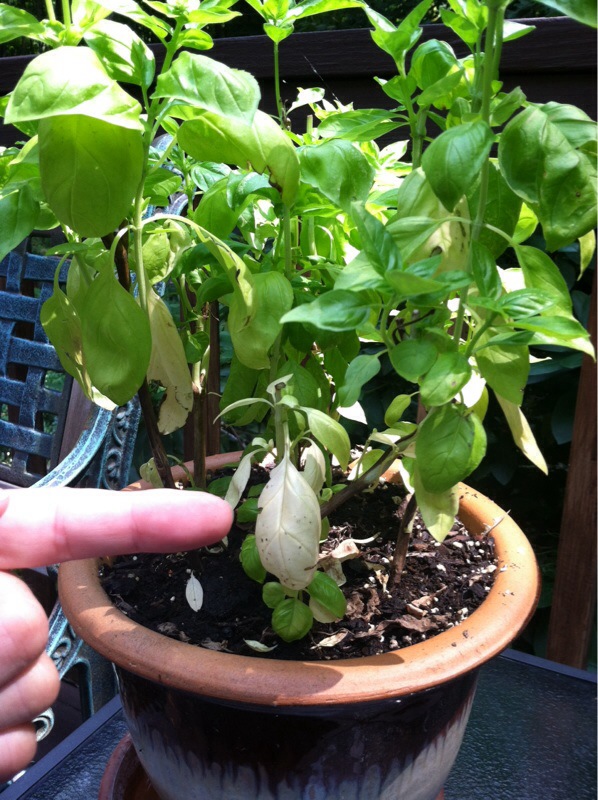
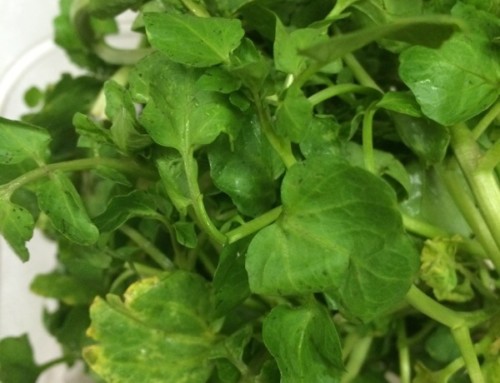
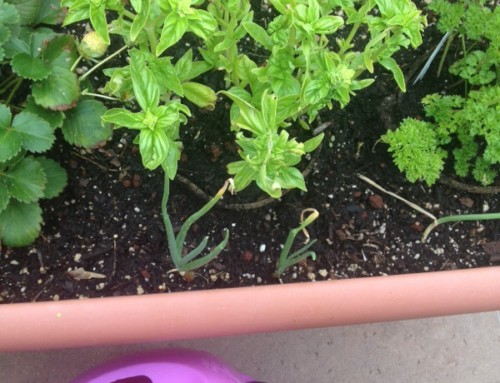
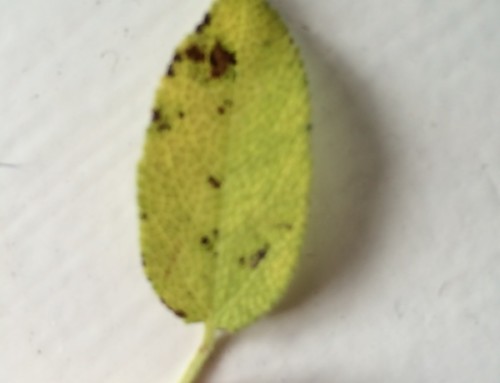
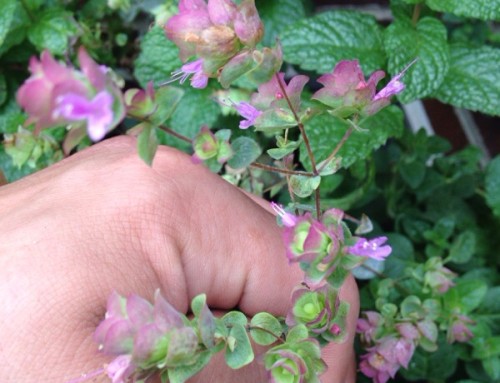
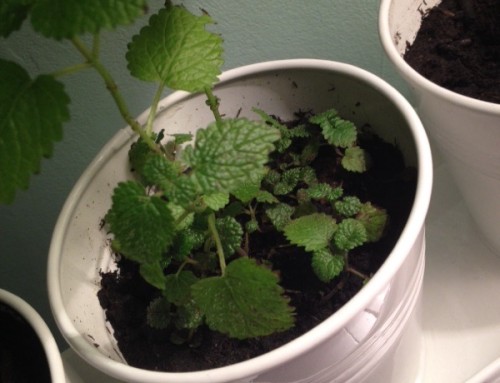
Leave A Comment